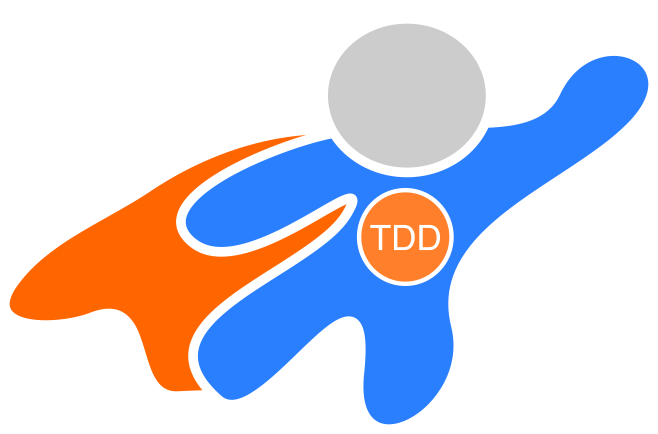Test with confidence, code with clarity
Your home for mastering Test-Driven Development through real-world katas and expert guidance.


Practice TDD with a curated set of real-world katas, each with clear requirements and test cases.
Browse KatasLearn best practices, naming conventions, and advanced TDD techniques from industry experts.
Explore GuidesDiscover the TDD Gears model and learn how to apply TDD principles in real-world scenarios.
Learn MoreScore a game of bowling. Handle spares, strikes, and edge cases. A classic kata for learning incremental design.
View KataA twist on the classic FizzBuzz problem. Great for practicing basic TDD cycles and edge case thinking.
View KataConvert between Roman and Arabic numerals. Focuses on validation, algorithms, and incremental refactoring.
View KataWhat years of real-world TDD have taught us

Costlier to fix bugs in production vs. design time
Source: IBM System Sciences InstituteReduction in production bug density with TDD
Source: IEEE SoftwareTime to regain focus after interruption
Source: Fast CompanyTDD isn't just about design—it's about code correctness. The human condition impacts our ability to write clean, correct code. When developers are interrupted to fix production bugs, they lose 40 minutes of productivity: 20 minutes to build context for the bug fix and another 20 to return to their original task.
TDD helps developers regain focus faster by reducing memory load. Without TDD, developers must carry all aspects of their work in their head, leading to significant disruption when interrupted.